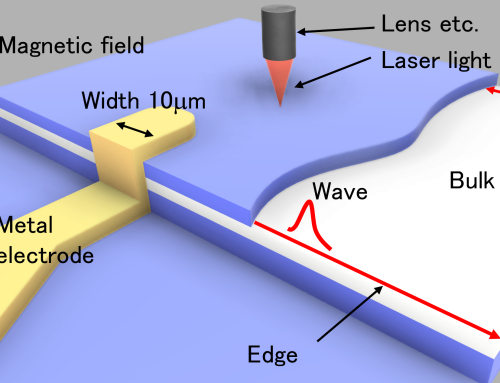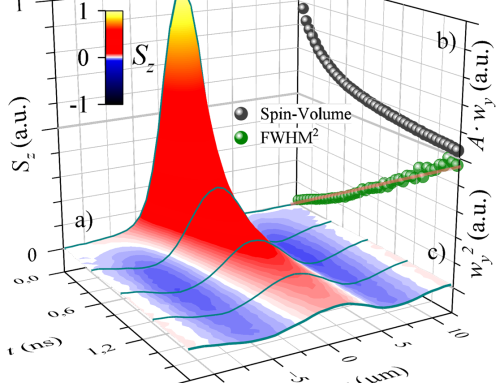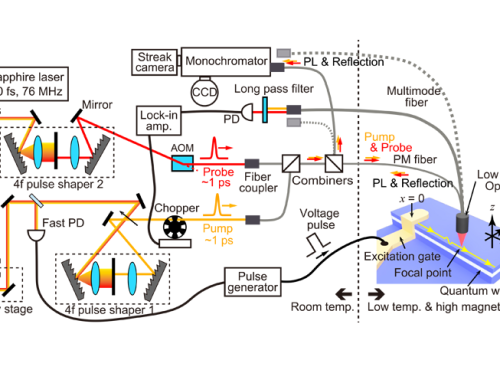Spin helices in GaAs quantum wells: Interplay of electron density, spin diffusion, and spin lifetime
To establish a correlation between spin diffusion, spin lifetime, and electron density, we study spin polarization evolution in low-dimensional GaAs semiconductors hosting two-dimensional electron gases by employing time-resolved magneto-optical Kerr effect microscopy. It is shown that for the establishment of the longest spin-lifetime, the variation in the scattering rate with electron density is of more importance than fulfilling the persistent spin helix condition when the Rashba α and Dresselhaus β parameters are balanced. More specifically, regardless of α and β linear dependencies on the electron density, the spin relaxation rate is determined by the spin diffusion coefficient that depends on electron density nonmonotonously. The longest experimental spin-lifetime occurs at an electron density, corresponding to transition from Boltzmann to Fermi–Dirac statistics, which is several times higher than that when the persistent spin helix is expected. These facts highlight the role the electron density may play when considering applications for spintronic devices.



